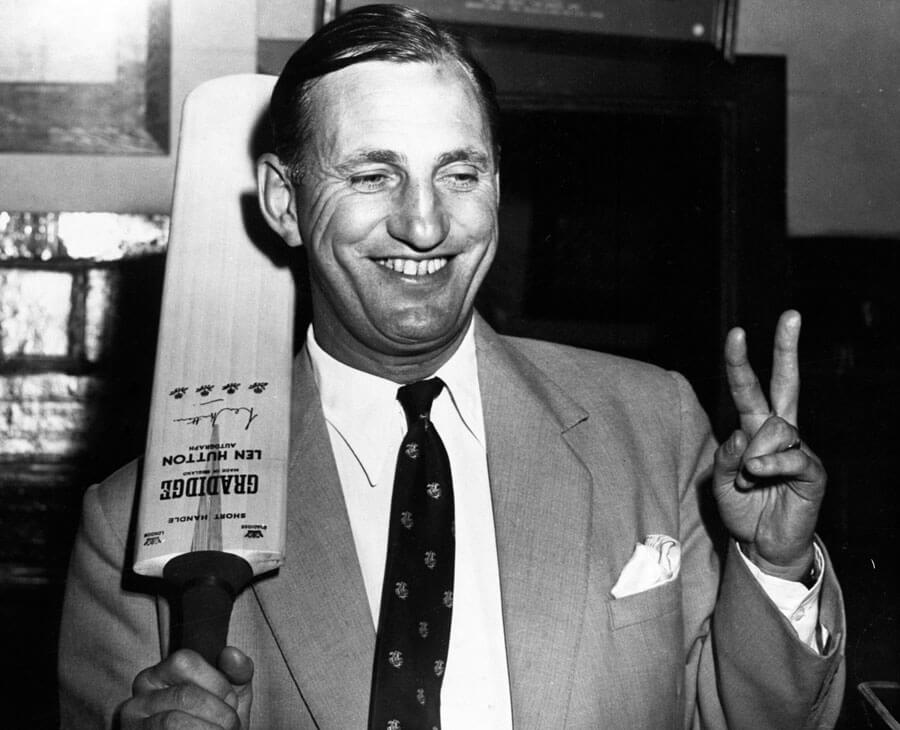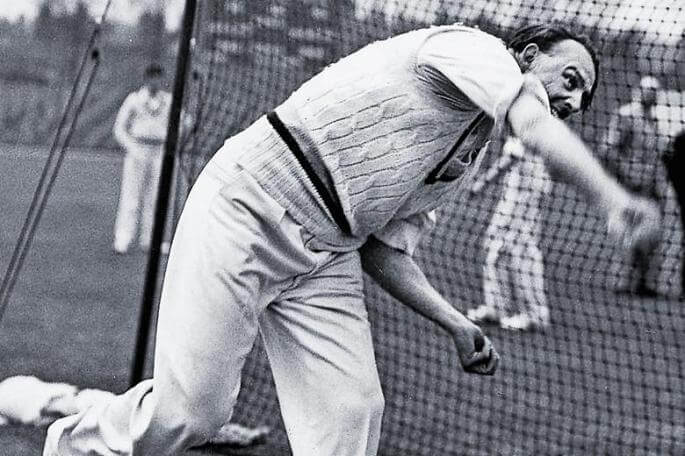Very recently, on 22nd, March, England‘s star-studded batting line-up crashed in front of the guile of Boult and Southee to plummet to 23/8. The statisticians waking up to the appalling development quickly realized that the England team was in grave danger of getting all-out below 26 – the lowest score in Test cricket, recorded on the same ground 63 years ago by New Zealand.

England, of course, was saved off the embarrassment by Craig Overton, and their final score was 58. The New Zealand batsmen facing a strong British team in the 1955 season were not so lucky. No hero came ahead when they were 22/8. New Zealand ended with 26 all out – beating the previous lowest Test score by four runs.
The Ashes 1954-55 played in Australia went very well for the English team and they secured the urn with a series scoreline of 3-1. The tour was almost four months long, and it was still not over for them. They left the Australian shores to tour the New Zealanders next.
The blackcaps team had returned from a disappointing journey to South Africa that included two Test losses. New Zealand at that time was still not the team that would regularly challenge the leading nations and with the highly confident English team in front, the Kiwi hopes were not too high.
Also Read: David Warner and Steve Smith faces IPL Ban As Well
After losing the first Test by 8 wickets, New Zealand hosted the next Test at the Eden Park, Auckland. New Zealand captain Geoff Rabone won the toss and chose to bat first. Only Bert Sutcliffe and John Reid stood tall on that day while rest of the batting line-up collapsed around them. The New Zealand team could put up only 200 runs in the first innings.
The English team batted well on day two and ended the day with 148/4, trailing by 52 runs. Len Hutton and Trevor Baily batting not out. The third day was a rest day. When Play resumed on the fourth day, the pitch had worsened and batting became far more difficult.
Also Read: On This Day: Lasith Malinga’s remarkable four in four
Len Hutton, an astute cricketing brain, knew this was going to get difficult for New Zealand to bat on. When a tail-ender Frank Tyson joined him after fall of the seventh wicket at 164, Hutton told his non-striker, “Stick around for a while, Frank, we may not have to bat again.“When England was eventually all-out they had a decent lead of 46 runs.
The New Zealand openers came out to bat at around 3 pm on 28th March 1955. By the end of the second session, they were 13/3 against English opening bowlers. After tea, Hutton switched his bowlers and brought spinners into the attack. The ploy worked and Johnny Wardle managed to take out the best New Zealand batsman at that time, Bert Sutcliffe.

The right-arm medium pace bowler Bob Appleyard started wrecking havoc at the other end with his vicious off-cutters. He took four quick wickets and was on a hat-trick when he took his third and fourth wicket on consecutive balls. New Zealand’s dramatic fall of wickets so far was – 14/4, 14/5, 22/6, 22/7 and 22/8.
The captain then made a startling choice and brought back his strike bowlers Statham and Tyson. He later explained that he wanted to end the tour with the bowlers that started it. Brian Statham did not take long and removed the last two New Zealand wickets in his first over of the second spell.
26 all out. The English bowlers had a phenomenal day and their bowling figures made a fantastic reading.
Frank Tyson 7-2-10-2, Brian Statham 9-3-9-3, Johnny Wardle 5-5-0-1, Bob Appleyard 6-3-7-4.
The lowest score has stood the test of time so far. Many teams like Australia and England have come very near to lowering the bar but someone found the escape route then. Until a team encounters a superb bowling attack on a terrible pitch, the ignominy shall be still in the name of New Zealand.
